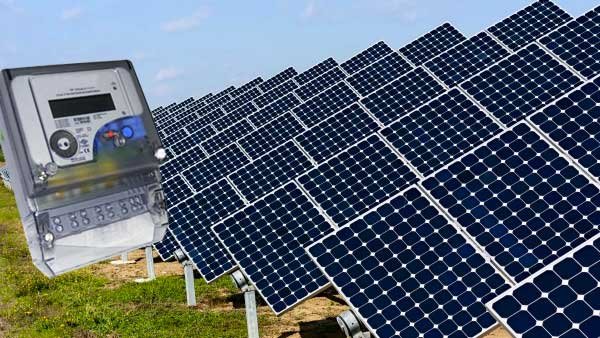Pakistan’s off-grid and net-metered solar capacity has surged to 18,000 MW, marking a significant milestone in the country’s renewable energy journey. While this growth is a win for clean energy, it also raises concerns about grid stability as the government monitors how solar integration affects the national power system. Let’s explore why solar is booming, how it impacts the grid, and what measures are needed to ensure sustainable growth.
Why Pakistan’s Solar Capacity Is Skyrocketing
Rapid Adoption of Off-Grid Solar
Off-grid solar systems, now estimated at 12,000 MW, have become increasingly popular among households and businesses. They provide energy independence, reduce electricity bills, and are easier to install than grid-connected systems. In areas with frequent load-shedding or unreliable grid access, off-grid solar has become a lifeline.
Net-Metering Incentives
Net-metered solar, which has reached 6,000 MW, allows consumers to feed excess electricity back to the grid and earn credits. This makes solar highly attractive because net-metered electricity is cheaper — avoiding Rs. 14 per unit capacity cost and Rs. 9 per unit in taxes that come with conventional grid power.
Falling Solar Costs
Globally and locally, the cost of solar panels and installation has declined, making it easier for both households and businesses to adopt renewable energy solutions. Pakistan’s solar boom reflects this trend, where upfront costs are offset by long-term savings.
How Solar Growth Affects Pakistan’s National Grid
Grid Stability Challenges
While solar energy reduces dependence on fossil fuels, officials warn that the rapid rise in solar capacity could destabilize the national grid if not properly managed. Unlike conventional power plants, solar energy production is intermittent — it depends on sunlight availability, which varies by time of day and weather conditions.
Cost Implications for Grid Power
According to Power Division Secretary Dr. Fakhr Alam Irfan, electricity generated through the national grid carries additional costs: Rs. 14 per unit for capacity and Rs. 9 per unit in taxes. Net-metered electricity avoids these charges, making it cheaper for consumers but creating pricing and balancing challenges for grid operators.
Need for Careful Integration
Experts highlight the importance of smart grid technology, energy storage, and demand management systems to integrate solar without overloading the grid. Without proper planning, excess solar energy during peak production hours could lead to grid fluctuations, voltage instability, or even temporary blackouts.
Why Solar Is Good for Pakistan Despite Challenges
Reducing Reliance on Fossil Fuels
Solar power reduces dependency on imported fuel, helping stabilize electricity costs and lower greenhouse gas emissions. This is a major step toward Pakistan’s renewable energy targets and climate commitments.
Empowering Households and Businesses
Off-grid and net-metered solar systems give users control over energy consumption and savings on monthly bills. They also make it easier for remote communities to access reliable electricity, improving living standards and economic opportunities.
Attracting Private Investment
The rapid growth of solar capacity signals a booming market for private investment in renewable energy, creating jobs, technology transfer, and potential exports of solar expertise and equipment.
How the Government Can Manage the Solar Surge
Implementing Grid Management Tools
Advanced grid monitoring systems and smart meters can help operators manage energy flows from distributed solar sources and prevent instability.
Encouraging Energy Storage Solutions
Large-scale adoption of battery storage systems will allow excess solar energy to be stored during the day and released at night, balancing supply and demand.
Revising Tariff Structures
A review of pricing policies for grid versus net-metered electricity can ensure fairness while promoting sustainable adoption of renewable energy.
Promoting Hybrid Models
Hybrid systems combining solar with conventional grid backup can provide reliability while still reducing costs and emissions.
Conclusion: Pakistan’s Solar Revolution Is Here, But Planning Is Key
Pakistan’s 18,000 MW solar capacity — 12,000 MW off-grid and 6,000 MW net-metered — represents a major achievement for renewable energy. It empowers consumers, attracts investment, and reduces fossil fuel dependence. However, rapid growth without careful grid integration could threaten stability. Smart policies, technology adoption, and energy storage solutions are essential to ensure that this solar boom benefits everyone sustainably.
Read More: Solar System Installation Cost in Pakistan


